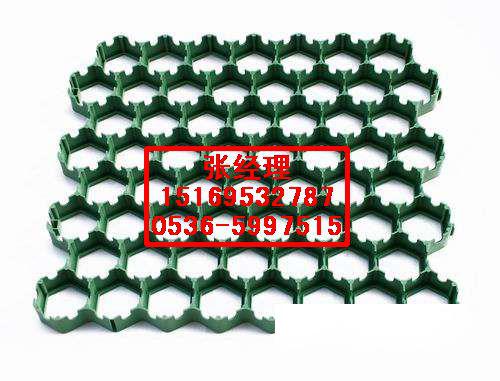Grass Planting Grid Base Composition
Many residential communities have roads adjacent to green belts, with lawns generally extending to the roadside. However, the soil in many green areas has become severely compacted due to poor management. The emergence of grass planting grids perfectly addresses this issue. Additionally, grass planting grids are widely used in fire lanes and parking lots. This solution not only increases green space but also enhances ecological environment and safety. Below is an analysis of the construction and maintenance experiences of grass planting grids for the reference and exchange of peers.
The base composition of grass planting grids mainly includes the following options:
1. Compacted Natural Soil + Sunflower Seed Shell + Crushed Stone + Sunflower Seed Shell + Grass Planting Grid + Mixed Nutrient Soil
2. Compacted Natural Soil + Crushed Stone + Concrete Base + Sunflower Seed Shell + Grass Planting Grid + Mixed Nutrient Soil
3. Compacted Natural Soil + Crushed Stone + Concrete Base + Sunflower Seed Shell + Non-woven Fabric + Grass Planting Grid + Mixed Nutrient Soil
Analyzing from construction cases, we conclude the following: The first option allows for smooth drainage, but over time, due to ground load, the surface is prone to collapse; the second option is susceptible to nutrient soil loss due to rainwater erosion over time, leading to a decrease in nutrient soil within the grass planting grid. After technical discussions and combining experiences from vertical greening, we advocate for the third option, which increases the non-woven fabric layer, preventing nutrient soil loss while also serving a water retention function.
The company always aims for high customer satisfaction and operates with integrity, willing to cooperate with customers from home and abroad to create a better tomorrow!!!
Manager Zhang 151-6953-2787 QQ:10522-77639













